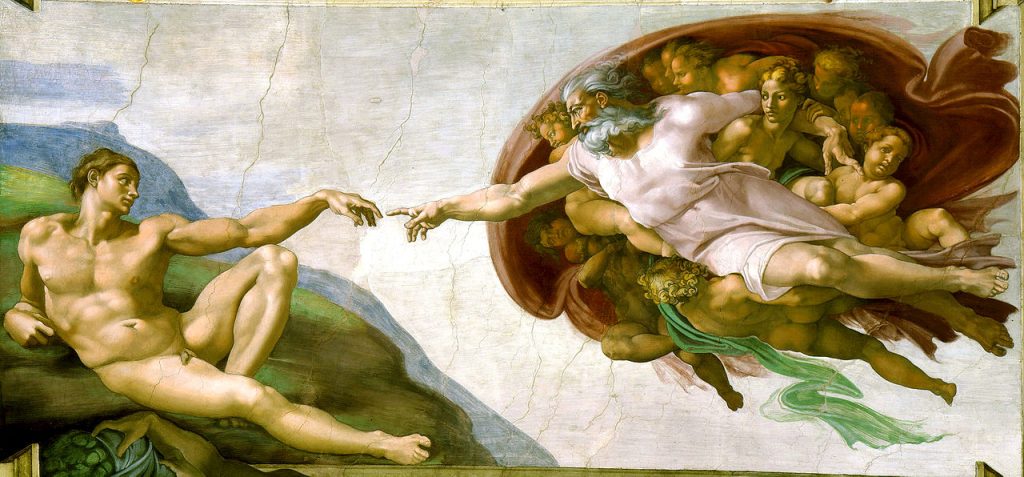Krispin Joseph PX
We know why the Sistine Chapel is so famous because of Michelangelo’s famous artwork on the ceiling of that Chapel. When discussing ceilings and art, the Sistine Chapel always catches the headlines. Michelangelo’s incredible works are world-renowned and preserved well.
Sistine Chapel is not the only beautiful ceiling in the world; many are prominent in art. For centuries, artists have viewed ceilings as empty canvases, from stained glass domes to highly intricate paintings. Michelangelo’s Sistine Chapel work is the crowning glory of all ornamented ceilings worldwide. He started to work in 1508 when he was only 33, and the design theme was revolutionary. Michelangelo avoided geometric decoration and introduced depth and drama to the Chapel’s wall.
The Creation of Adam (1508-1512) illustrates the Biblical creation narrative from the Book of Genesis; God gives birth to Adam. The fresco is part of an intricate iconographic plot and is historically the fourth in the sequence of commissions portraying episodes from Genesis. And this work is reproduced in countless tones and parodies that still exist in our visual world.
The Last Judgement is another masterpiece of Michelangelo on the Sistine Chapel’s altar wall. This work is not counted as part of the Ceiling masterpiece.
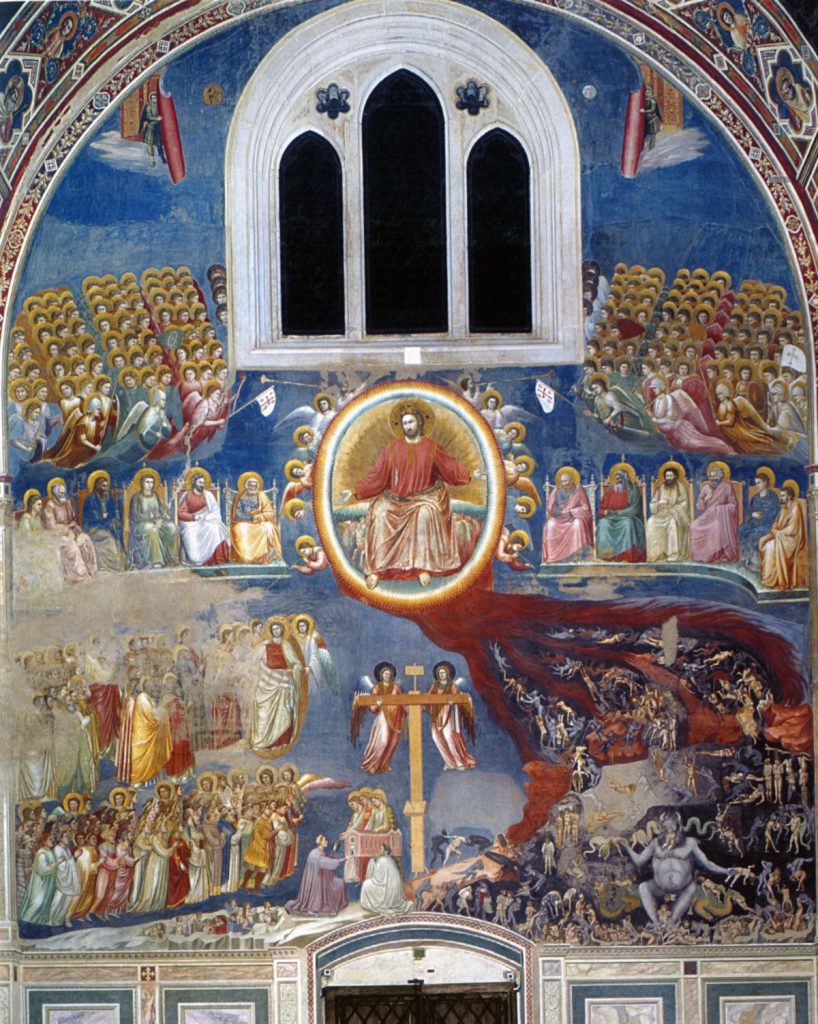
Giotto was a classic painter before Michelangelo, but his Scrovegni Chapel work counted after Sistine Chapel’s work. Giotto’s masterpiece, also named The Last Judgment completed in 1305. These frescoes were first marked as a revolutionary element because, after this, the culture of ceiling-mural painting started, which influenced other painters.
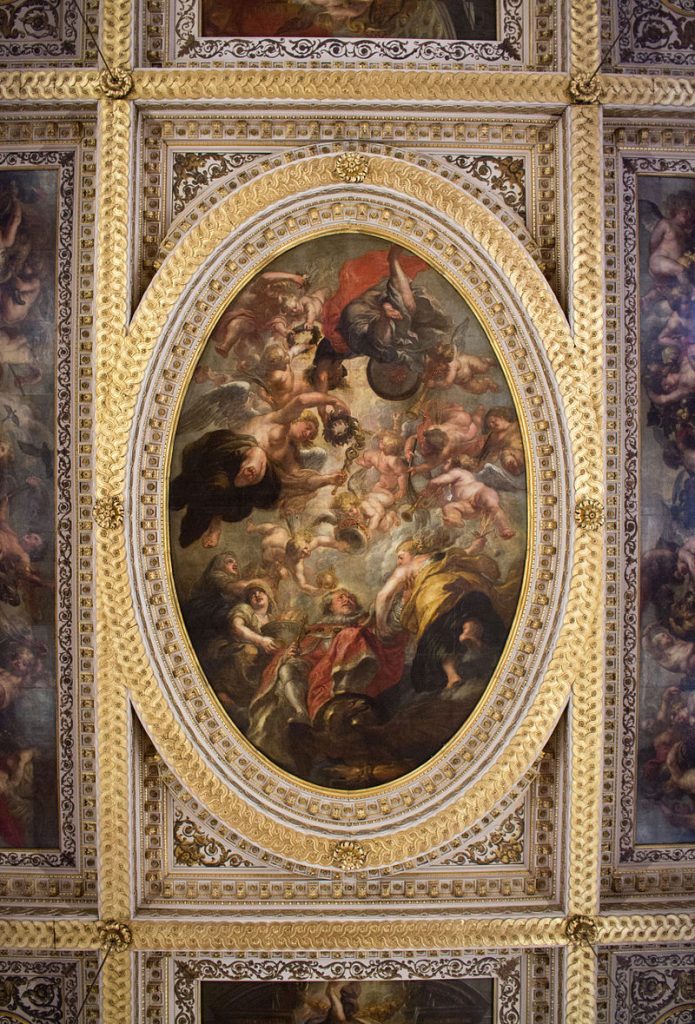
One of the Dutch masters, Peter Paul Ruben’s painting in Banqueting House, London, is considered a masterpiece in ceiling-mural art. Ruben completed this work in the 1619-22 period, and King Charles commissioned that work; this entire house is regarded as an architectural beauty and artistic treasure. Ruben created a series of 9 paintings related to King’s father, James I & VI.

King Charles’ wife commissioned a ceiling-mural work to Italian, Mannerist artist Orazio Gentileschi, and he created a fantastic work titled, Allegory of Peace and the Arts. King’s wife’s house is the ‘House of Delights’; Gentileschi made a visual feast of a carnival of the reign of King Charles I and his motivation of peace and the liberal arts.
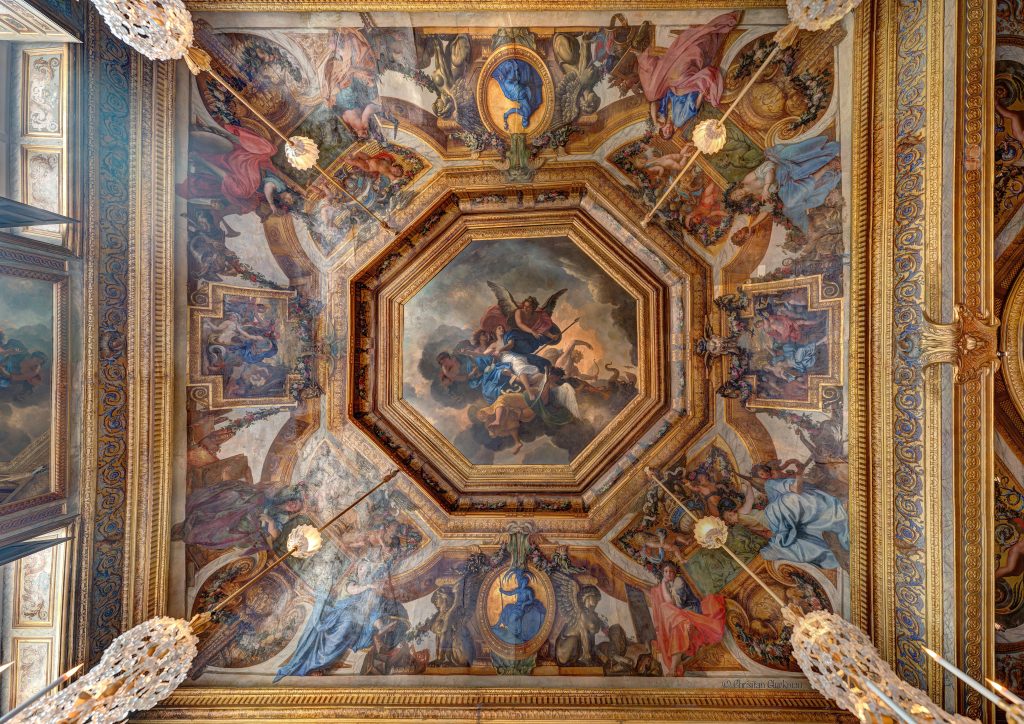
One of the French figures in Western art, Charles Le Brun, painted a Ceiling Mural in Vaux le Vicomte is today’s most celebrated work. This Baroque-era palace is the trendsetter for many other European castles and is well known for its artworks. In this mural, Le Bruns brings nine harmonious muses to inspire artists.

Credit: Wikipedia
In the Hall of Mirrors, the Palace of Versailles, Charles Le Brun’s mural depicting the glorious past of Louis XIV and his myriad political successes during the first 18 years of his reign in 30 pictures narration. The Hall of Mirror is a crowning glory of the Palace, and the Château de Vaux-le-Vicomte was the direct inspiration of the Palace of Versailles.
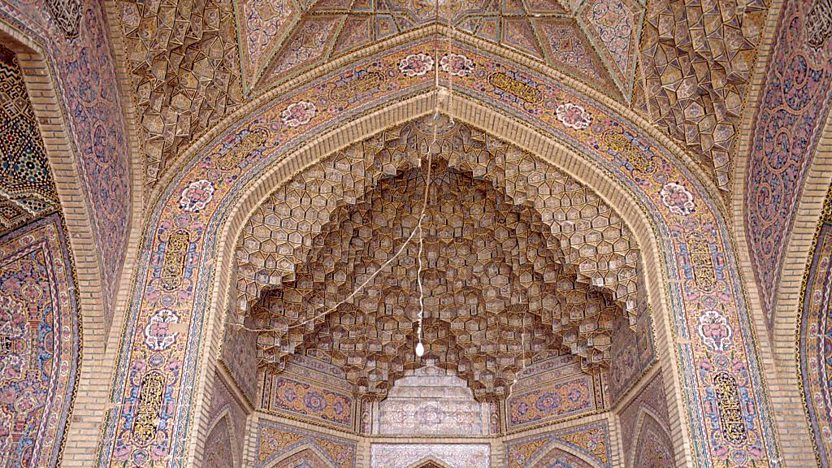
If someone thinks all the incredible mural-ceiling artwork is from Europe, that is a mistake. Eastern countries, like Nasir Al-Mulk Mosque, Iran, were famous for their astonishing paintings. This Mosque was built in 1876-88 on the order of Mirza Hassan Ali Khan Nasir Al-Mulk. This Mosque is a well-known example of Islamic architecture, and the floral pink tiles bring a new colour dimension into the blueish Islamic traditional artwork. Also known for its stunningly detailed tilework, this Mosque is renowned for its stained glass windows.
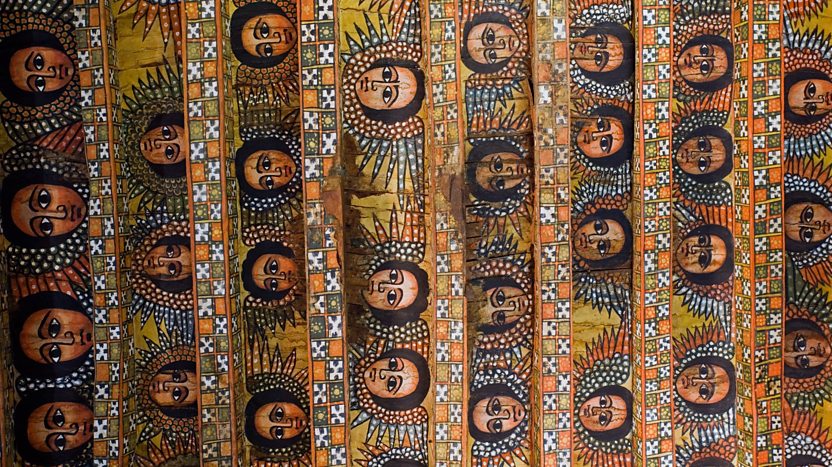
Credit: BBC
We can add something from Africa to this legacy of Ceiling-mural artwork. The faces of 135 winged Cherubs in the Debre Berhan Selassie Church, Ethiopia, are the best example of African ceiling-mural works. Initially built in the 17th Century, this small stone church’s name translates to ‘Trinity and Mountain of Light’. Today, this church is a protected UNESCO World Heritage site.

